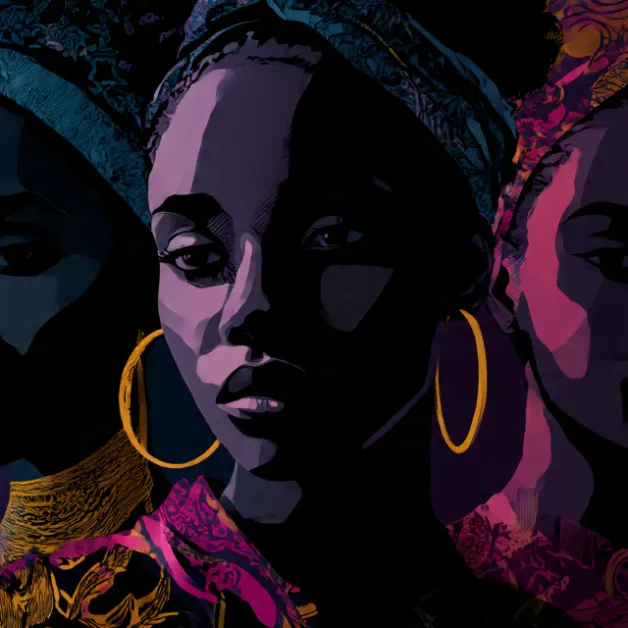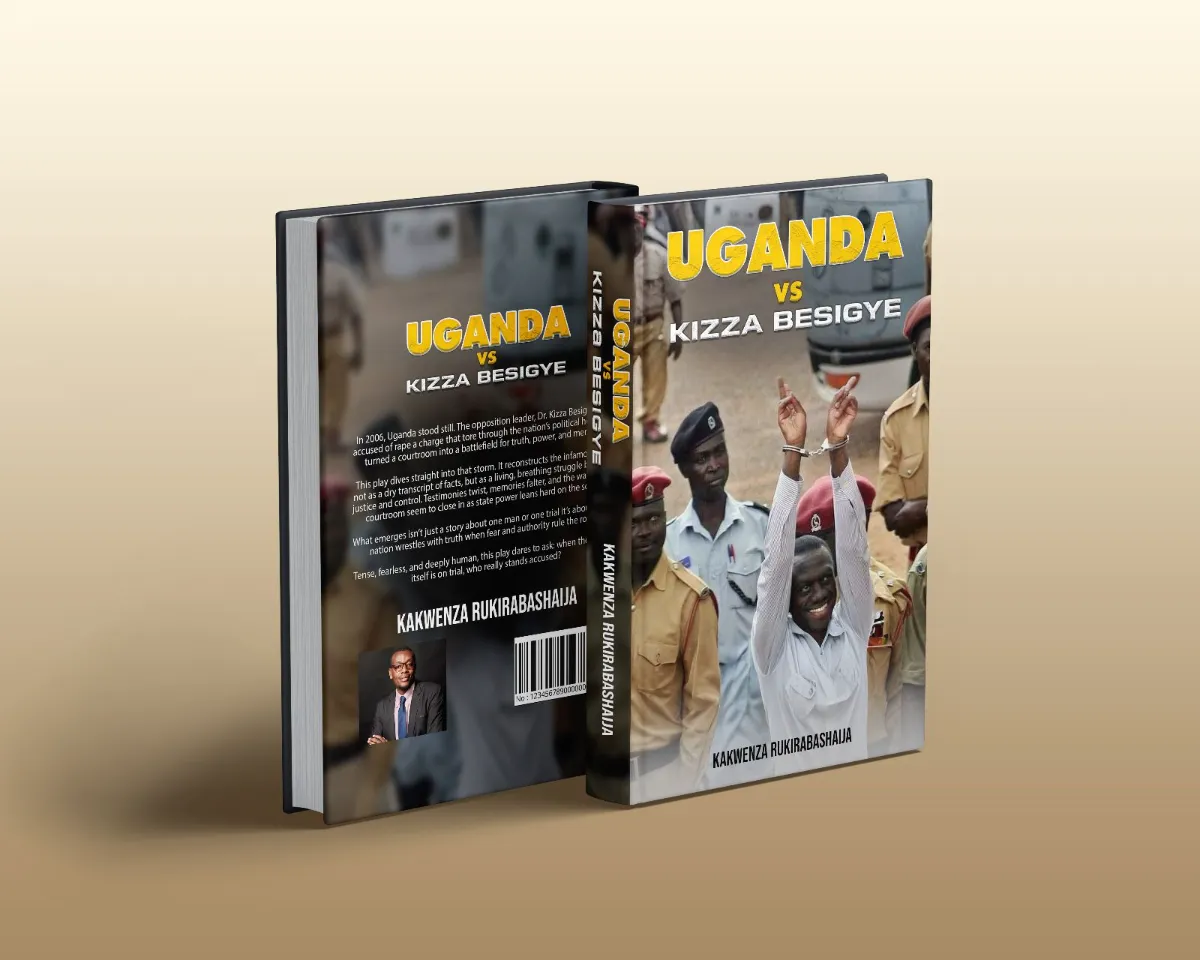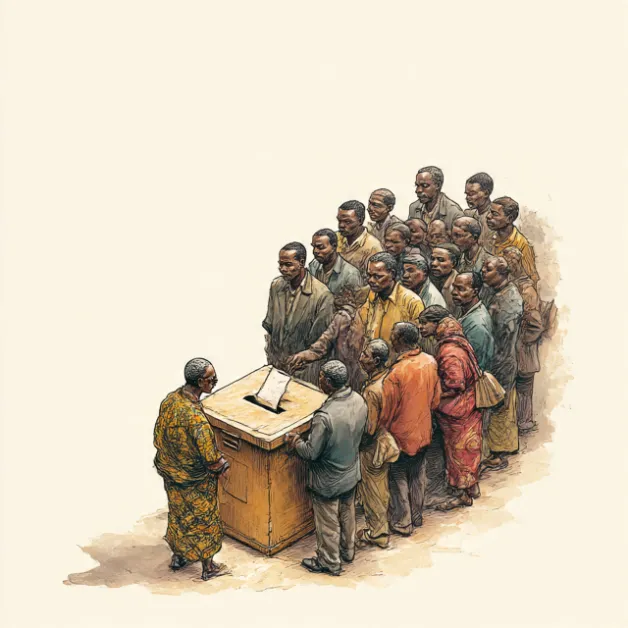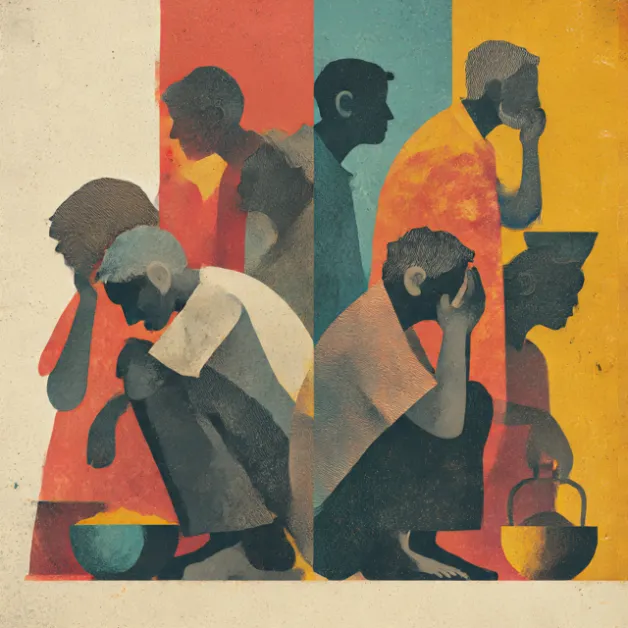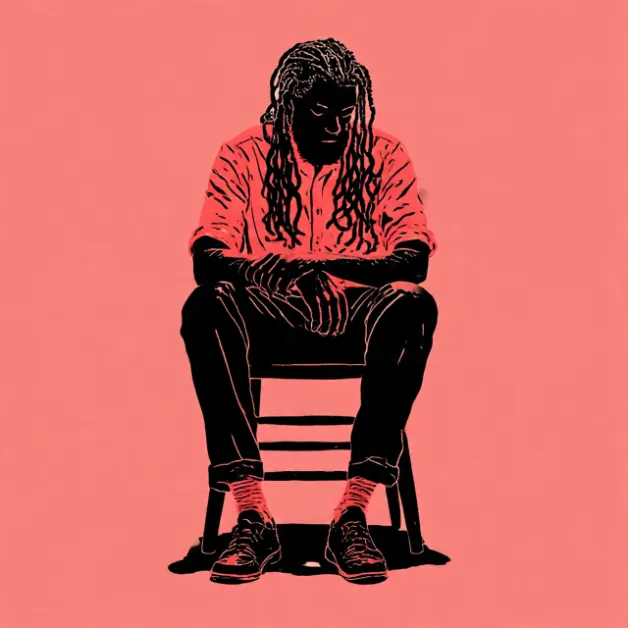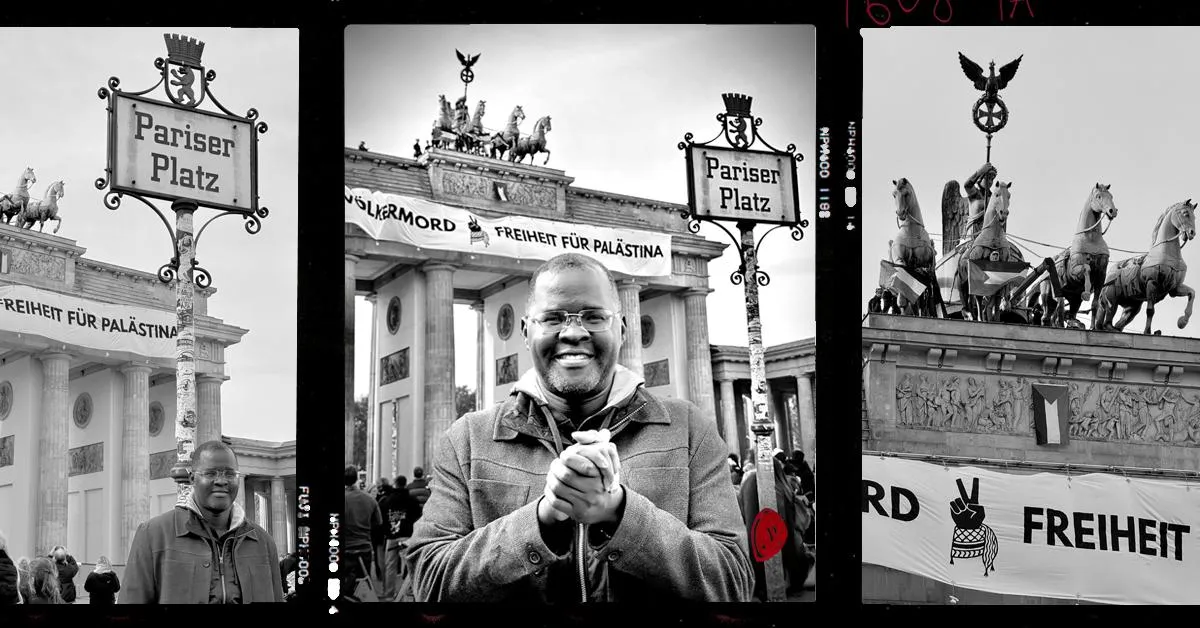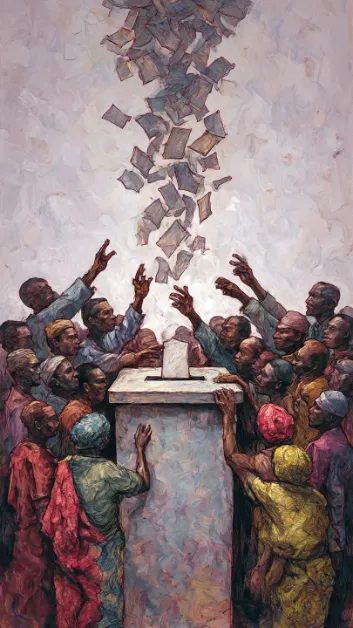
The Feminisation of the Electorate, the Tyranny of Youth Numbers, and the 2026 Paradox
Uganda Does Not Vote—Uganda Demographically Decides
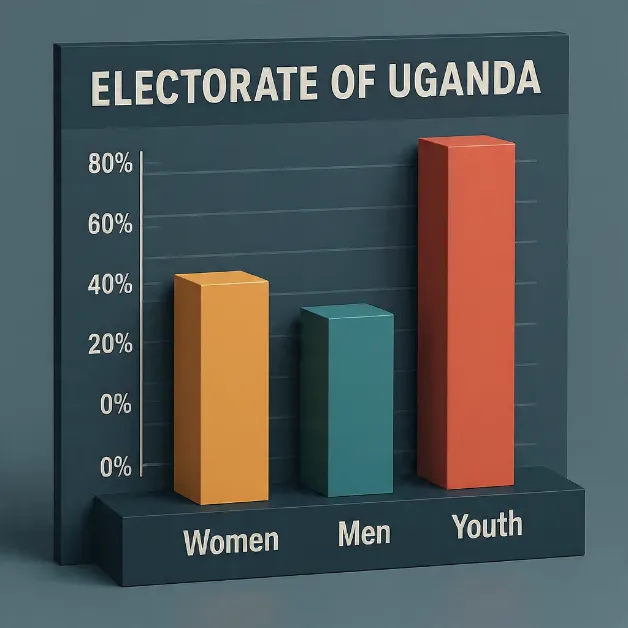
24 Nov, 2025
THE SILENT ARITHMETIC OF POWER
There is a dangerous illusion in African politics—slogans, rallies, noise, and the theatrics of campaign seasons move the belief. But Uganda’s 2026 election exposes a deeper, more unsettling truth: excitement does not decide elections; demographics decide them. Behind every applause, every anthem, every manifesto, there is an invisible mathematics that governs political destiny.
It is a mathematics ruled not by the loudest voices, but by the quietest forces—the women who stabilise the home, the youth who outnumber the nation, and the rural imagination that rarely trends on television, yet ultimately shapes the State.
This is why those who study elections through emotions and headlines always misread the moment. Uganda does not vote with slogans; Uganda votes with structure. Power shifts not because a candidate speaks well, but because the demographic pillars of the nation tilt in one direction or another. The noise belongs to men, the passion belongs to youth, but the final decision—stability, continuity, or rupture—belongs to women.
And herein lies the paradox of our age: the youth are numerically revolutionary but behaviourally conservative. They carry the fire of change yet often return to the comfort of continuity. They dominate the register but rarely dominate the outcome.
To understand 2026, one must therefore abandon the comfort of campaign poetry and confront the harder reality of political arithmetic. This election will not be decided in rallies or hashtags—it will be decided in villages, trading centres, kitchens, savings groups, parish model meetings, boda stages, and the invisible emotional contracts that bind the ordinary citizen to the idea of stability.
This discourse enters that hidden architecture. It unfolds the science behind sentiment, the numbers behind narratives, and the sociology behind slogans. It is a journey into the deep structure of Uganda’s voting behaviour, where demography, not drama, becomes the true oracle of power.
Introduction:
Uganda Does Not Vote—Uganda Demographically Decides
Every election is marketed as a contest of manifestos, charisma, slogans, and party colours. But the deeper truth is this: nations do not vote—demographics vote. Uganda’s 2026 election is already structurally framed not by political rhetoric, but by the invisible architecture of numbers: a female-majority population, a male-minority turnout, and a youth constituency so large that it simultaneously promises change and reproduces the status quo.
To understand Uganda’s election, one must first understand Uganda’s people.
Women: The Silent Majority and the Quiet Power of Continuity
Uganda enters 2026 with an electorate that is slightly more female than male. Women constitute about 51% of the population, a demographic reality that carries political weight—but not always political voice.
Women are the primary beneficiaries and managers of household stability: health centres, school fees, PDM funds, SACCO loans, agricultural extension support, village roads, and social welfare. These everyday public goods—however imperfect—translate into predictable support for incumbency, especially among:
Older rural women
Women embedded in local government programmes
Women for whom political risk equals economic disruption
This bloc does not shout, does not rally, and does not provoke the state—it votes with the memory of who keeps the clinic open, the borehole maintained, and the parish model active.
Thus, whether analysts like it or not, 2026 is partly structurally female-favoured toward NRM, because women value continuity over experimentation. Their power is quiet but decisive.
Men: Numerically Fewer, Politically Louder
Men are 49%, but historically have higher public political visibility. They attend rallies, dominate boda stages, argue in trading centres, and fill party structures. Yet their numerical deficit makes them a secondary demographic force.
Men fracture more quickly than women:
Urban working-class men lean toward opposition due to economic stress, police encounters, taxation, and survival frustrations.
Rural men lean toward the incumbent where land stability, security, and local patronage remain strong.
Men carry the political noise of the country—but women carry the electoral weight.
Youth: The Decisive Majority and the Grand Paradox
Here lies the heart of 2026:
At least 65–70% of registered voters are youth (18–35).
73% of the total population is under 30.
Uganda has the youngest electorate on the African continent and perhaps one of the youngest on Earth. This creates a great paradox in our politics:
The youths are numerically revolutionary but behaviourally conservative.
Why?
1. Urban youth
They are the face of protest, digital activism, humour, satire, and opposition energy. Their political frustrations are raw:
Unemployment
Cost of living
Police conflict
Corruption
Closed civic space
These youths vote for change if they vote at all.
2. Rural youth
They form the majority of youth, unlike the urban myth. They rely on:
PDM cash
Emyooga groups
Army recruitment
Farming support
District-level patronage networks
These youths vote for continuity because their livelihoods depend on predictable state structures.
Hence the paradox:
The loudest youths are not the majority.
The majority of youth are not the loudest.
Whoever wins the rural youth wins the election. And rural youth historically deliver incumbency.
Reading 2026: What the Structure Already Decides
Let us put aside slogans and personalities. The mathematics of 2026, as it stands today, suggests the following structural realities:
1. Incumbency Advantage
The incumbent enters 2026 with:
Rural female loyalty
Rural youth dependency
State program visibility (PDM, roads, electrification, OWC legacy)
The memory of 2021, where NRM secured 58% against NUP’s 35%
These are not feelings—they are numbers.
2. Opposition Geography
The opposition remains strongest where:
The population is dense
Youth unemployment is high
Digital access is wide
This explains the Kampala–Wakiso belt, parts of Busoga urban centres, Gulu City, Mbarara City, and scattered town councils. But national elections are not won in cities—they are won in sub-counties.
3. The Poll That Cannot Be Ignored
One early 2026 poll places Museveni at ~70% and Bobi Wine at ~20%. The methodology is contestable, but the structural logic behind the numbers matches the demographic distribution if turnout follows historical patterns.
Thus, 2026 is not predetermined by excitement—it is predetermined by the sociology of numbers.
Final Projection (Scenario-Not-Certainty)
Because transparency is intellectual honesty, we do not fabricate surgically precise numbers without data. But we can give scenario corridors grounded in demographic logic:
National Vote Share Projection Range—
Incumbent (NRM/Museveni): 55%—65%
Main Opposition (NUP/Bobi Wine): 25%—35%
All Other Candidates Combined: 5%—15%
This is not prophecy. It is the sober reading of:
women
men
youth
rural–urban divides
incumbency reach
2021 baseline
early 2026 polling signals
structural constraints
Conclusion:
Uganda’s 2026 presidential election is not fundamentally a mystery. It is a mirror reflecting the country’s most powerful forces:
Women who prioritise stability
Youth, who dominate the numbers but divide in direction
Men who shout the loudest but do not numerically decide
Rural Uganda, which remains the anchor of power
Urban Uganda, which supplies the fire but not the final count
Politics is the art of reading the nation as it exists, not as we wish it to be. And as Uganda stands today, the 2026 vote will not be shaped by rhetoric but by the enduring architecture of demographic power.

